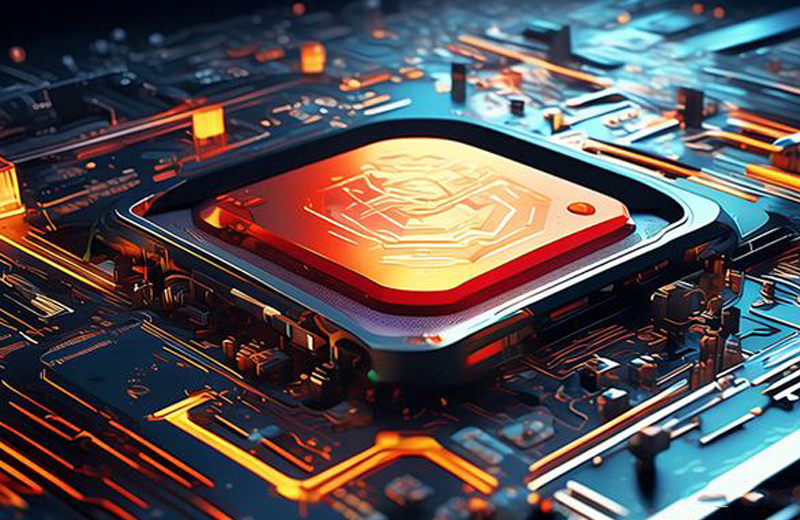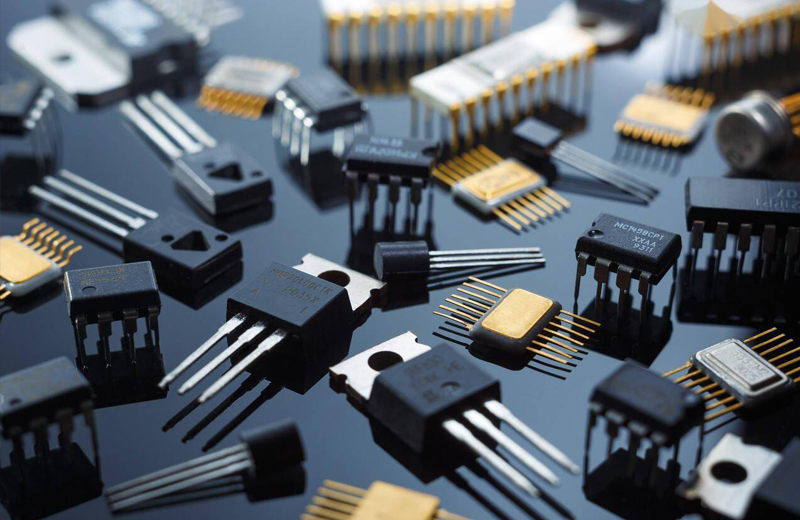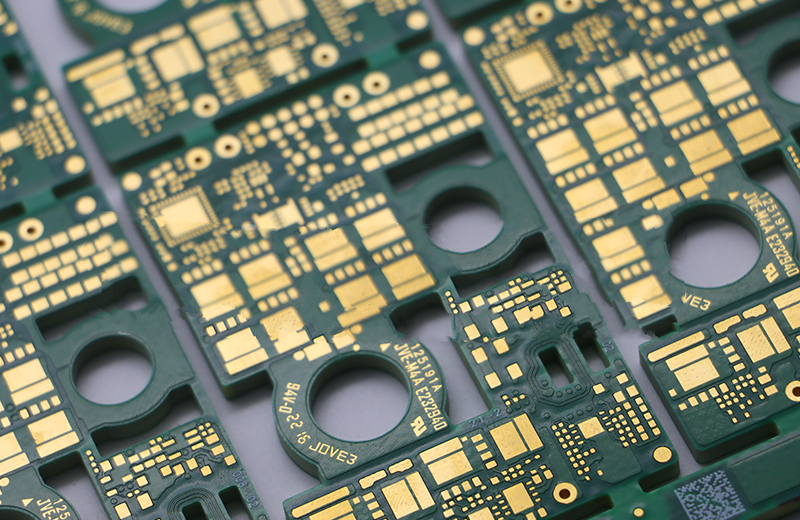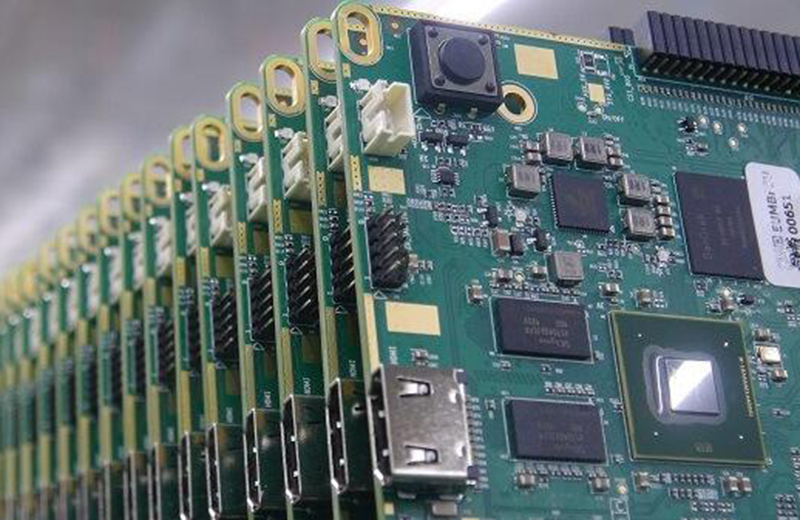In the complete electronic manufacturing process, printed circuit board assembly, also known as PCBA, is a crucial manufacturing process that involves the precise arrangement and connection of electronic components on the circuit board. However, in the PCBA processing, quality issues are often encountered, which not only affect the performance of the product, but may also have adverse effects on production efficiency and cost. This article will introduce common quality issues in PCBA processing and explore how to improve and optimize these issues.
Common quality issues and their impacts
Common quality issues in PCBA processing mainly include poor soldering, misalignment of components, short circuits, and open circuits.
1. Poor welding
Poor soldering is one of the most common problems in PCBA processing, mainly manifested as incomplete soldering points, virtual soldering, cold soldering, and other phenomena. These issues can lead to a decrease in the conductivity of the circuit board and even cause circuit failures.
2. Component misalignment
Misalignment of components is caused by inaccurate positioning during the soldering process. This issue may lead to incorrect circuit connections, which in turn can affect the functionality of the product.
3. Short circuit and open circuit
Short circuits and open circuits are caused by poor insulation or breakage between adjacent solder joints or between solder joints and circuits on the circuit board. Short circuit can cause abnormal current flow, which may damage other components; An open circuit can cause circuit interruption, making the product unable to function properly.
Improve optimization strategies
We can improve and optimize the quality issues in PCBA processing from the following aspects:
Firstly, strengthen process control to ensure that welding parameters, welding temperature, and welding time are set within a reasonable range. By optimizing process parameters, welding quality can be improved and the occurrence of welding defects can be reduced.
Secondly, improve the accuracy and stability of the equipment. The use of advanced welding equipment and automated production lines can improve welding accuracy and consistency, and reduce the risk of component misalignment. At the same time, regularly maintain and upkeep the equipment to ensure stable and reliable performance.
In addition, strengthening employee training and skill enhancement are also key to addressing quality issues. By training employees to master the correct operating methods and skills, it can improve their ability to identify and respond to quality issues, thereby reducing the incidence of quality problems.
Finally, establishing a comprehensive quality inspection system is also essential. By using advanced testing equipment and methods to conduct comprehensive quality inspections on PCBA products, potential quality issues can be identified and addressed in a timely manner, ensuring stable and reliable product quality.
summarize
The quality issues in PCBA processing have a significant impact on the performance and reliability of electronic products. By strengthening process control, improving equipment accuracy and stability, enhancing employee training and skill enhancement, and establishing a comprehensive quality inspection system, we can effectively address these quality issues, enhance the quality and efficiency of PCBA processing, and provide strong support for the development of the electronic manufacturing industry.
With the continuous advancement of technology and the rapid development of manufacturing, PCBA processing technology will continue to upgrade and optimize in the future. We look forward to promoting the electronic manufacturing industry to a higher level through continuous technological innovation and quality improvement.












